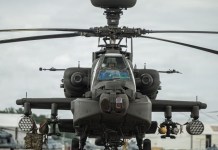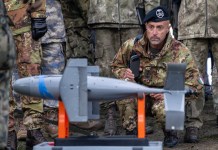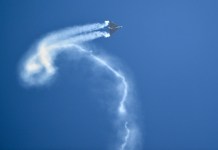Amid an intensifying competition between China and the US to develop autonomous underwater combat systems, the United States has announced the conclusion of in-water testing of the massive “Manta Ray” Uncrewed Underwater Vehicle.
On May 1, the US Defense Advanced Research Projects Agency (DARPA) announced the completion of full-scale, in-water testing of the Manta Ray prototype uncrewed underwater vehicles (UUV), constructed by Northrop Grumman, which was concluded off the coast of Southern California in February and March 2024.
As per the information provided by the apex agency, hydraulic performance at sea was tested, including submerged operations with all of the vehicle’s steering and propulsion systems: propellers, buoyancy, and control surfaces.
“Our successful, full-scale Manta-Ray testing validates the vehicle’s readiness to advance toward real-world operations after being rapidly assembled in the field from modular subsections,” said Dr. Kyle Woerner, DARPA program manager for Manta Ray. “The combination of cross-country modular transportation, in-field assembly, and subsequent deployment demonstrates a first-of-kind capability for an extra-large UUV.”
The completion of the in-water testing is a significant milestone for the ship, which Northrop created as part of the Manta Ray program for DARPA. The goal is to showcase essential technology for a new category of ultra-long-endurance unmanned aerial vehicles (UUVs) that can carry payloads.
Manta Ray #UUV prototype completes full-scale, in-water testing off the coast of SoCal. DARPA program exhibits modular, first-of-kind capability for an extra-large uncrewed underwater vehicle. Built by @northropgrumman. https://t.co/BIDfh3cZCD pic.twitter.com/t6dqWB3i33
— DARPA (@DARPA) May 1, 2024
This is significant given that under-sea combat is gaining prominence worldwide, and global military powers have identified a growing need for platforms that can stay underwater and operate autonomously while having the capability to operate for longer durations.
Northrop Grumman described the drone as “a new class of UUV; it is an extra-large glider that will operate long-duration, long-range, and payload-capable undersea missions without the need for on-site human logistics.”
With Manta Ray, a new generation of long-duration, long-range, payload-capable UUVs equipped for sustained operations in dynamic maritime environments will be developed and demonstrated, said DARPA in its press release. This is significant given that a conflict between the US and China over Taiwan has been flagged as a real possibility, and any conflict between the two states would take place over (or under) the seas.
Northrop claims that the testbed can handle a payload to “support a variety of missions.” It’s unclear exactly what payloads it will carry, but DARPA notes that it must have a “large payload capacity” to carry out several mission sets.
Additionally, the UUV developed by Northrop under the Manta Ray program is massive, as seen in the recent photographs published by DARPA. It features a lifting body that has sea glider-like properties.
Another noteworthy feature of this underwater vessel is the energy-generating and energy-saving technology, enabling it to hibernate on the sea floor in low-power conditions. The vessel can reportedly go dormant on the seabed and recharge itself.
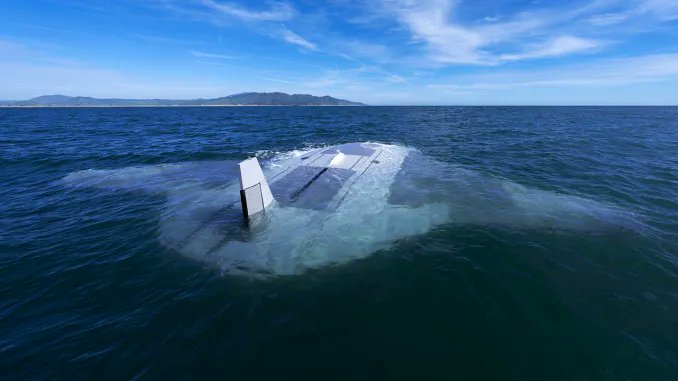
This state-of-the-art system can be disassembled and shipped to the designated location in smaller sections, saving energy and eliminating the need for large piers. This may aid the American ambitions of dispersed operations and agile deployment.
Some experts believe that the UUV developed under the Manta Ray program would be a very powerful addition to the United States’ expansion of its anti-submarine arsenal with a weaponized presence that would be very difficult to detect when it is dormant. This could be handy when competing against Chinese and Russian undersea capabilities. While Russia boasts some of the best submarine fleets in the world, the PLA Navy has been churning out submarines in a way never seen before.
If the US Navy (USN) eventually accepts this Northrop UUV, it would be extremely challenging for adversary submarines to surreptitiously come close to US or allied harbors. Once it detects a hostile submarine, automatic responses, including surface and subsurface platforms, would activate and spur into action.
Over the next few years, the USN is expected to receive five or six more Extra Large Unmanned Underwater Vehicles (XLUUV) prototypes. The autonomous submarine is capable of carrying out crucial, extended missions to establish maritime supremacy beneath the surface of contested waters.
Due to their potential to be significantly less expensive than submarines, the US could develop a large number of underwater drones and place them in strategic sites like Yokosuka, a US naval port in Japan, where they can respond quickly to any threats.
In a potential battle over Taiwan, Washington fears China would use its massive missile stockpile to block US surface boats from entering the area. US drones operating underwater will probably manage to breach China’s defenses and covertly target vessels attempting to dock in Taiwan.
China is also working on its unmanned and autonomous undersea capabilities in what appears to be a bid to prepare for future combat.
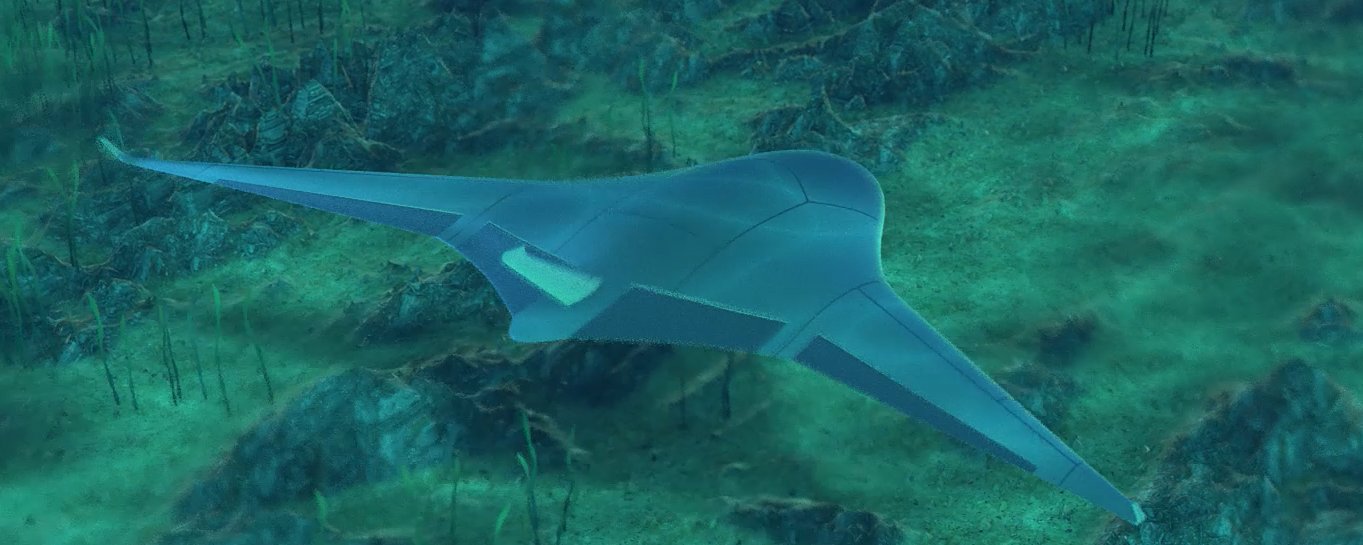
China’s UUV Ambitions Are No Less
The development of unmanned underwater vehicles has been a top priority for China. Drone submarines would greatly improve the PLAN’s capacity to carry out ISR (intelligence, surveillance, and reconnaissance) operations.
In addition, XLUUVs may be employed for minelaying, transporting, or even aiming at enemy surface vessels or submarines.
A few of China’s unmanned underwater vehicles (UUVs), including HSU001, were officially unveiled for the first time in October 2019 at a military parade to commemorate the 70th anniversary of the founding of the People’s Republic of China. At that time, experts said the UUVs would be used chiefly for underwater intelligence and surveillance.
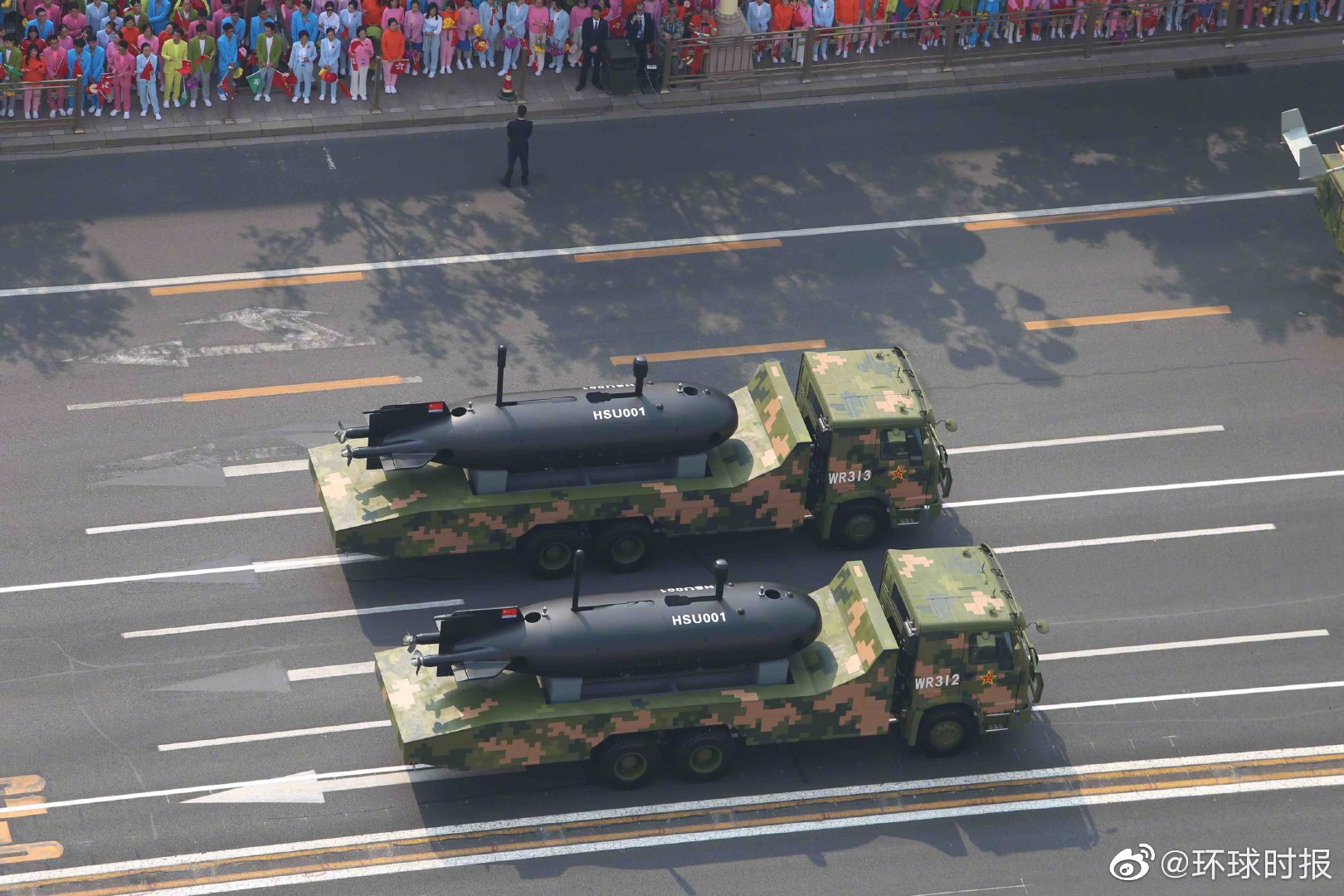
In 2021, China declassified a report on the development of drone submarines, a project it had started in 2010. It announced that it had created underwater drones that could locate, follow, and engage an enemy submarine without the need for human intervention.
Back in 2010, UUVs were being tested in the Taiwan Strait as part of this program, which was financed by the Chinese military. Professor Liang Guolong of the Chinese submarine research institute, Harbin Engineering University, was quoted as saying that these were among the nation’s first attempts “to simulate the tracking and sinking of a submarine with the complete absence of humans in an open environment.”
While details are scarce about the enhancement in Chinese UUV capabilities, they are expected to have expanded over the years.
In 2022, two XLUUVs were visible in satellite photos of the Sanya naval station in Hainan. Although the vessels were present at the station since at least March-April 2021, they were only discovered a year later in 2022. The configuration suggested that the vessels were likely engaged in testing.
The location where the XLUUVs were spotted was important given that underwater vehicles are housed at Sanya, one of several significant naval installations in the region, and China’s old midget submarine station is not far from the dock where the new XLUUVs were sighted.
Later, in February 2023, reports suggested that an image displayed by the Chinese shipbuilding organization CSSC 705 Institute illustrates an XLUUV largely in line with some of the vehicles that were previously seen in China on satellite imagery.
***BREAKING***
First image of #Chinese extra-large submarine drone (XLUUV). Similar in size to #USNavy Orca, this design. Has torpedo tubes and, it appears, flank array sonar. Implies anti-submarine role (!!!)https://t.co/ARLOdYgNxN
— H I Sutton (@CovertShores) February 23, 2023
As per reports, China’s extra-large unmanned underwater vehicle, or XLUUV, was seen outfitted with torpedoes. It stated that China might be able to surpass the West in this area if it combines this with a massive development program. Additionally, its four torpedo tubes suggested a plethora of offensive weapons, something that Western designs have so far lacked.
The experts deciphered at the time that the Chinese XLUUV shared the same design as the US Navy’s Boeing Orca, but it was equipped with four torpedo tubes, suggesting that it was capable of offensive maneuvers.
- Contact the author at sakshi.tiwari9555 (at) gmail.com
- Follow EurAsian Times on Google News

